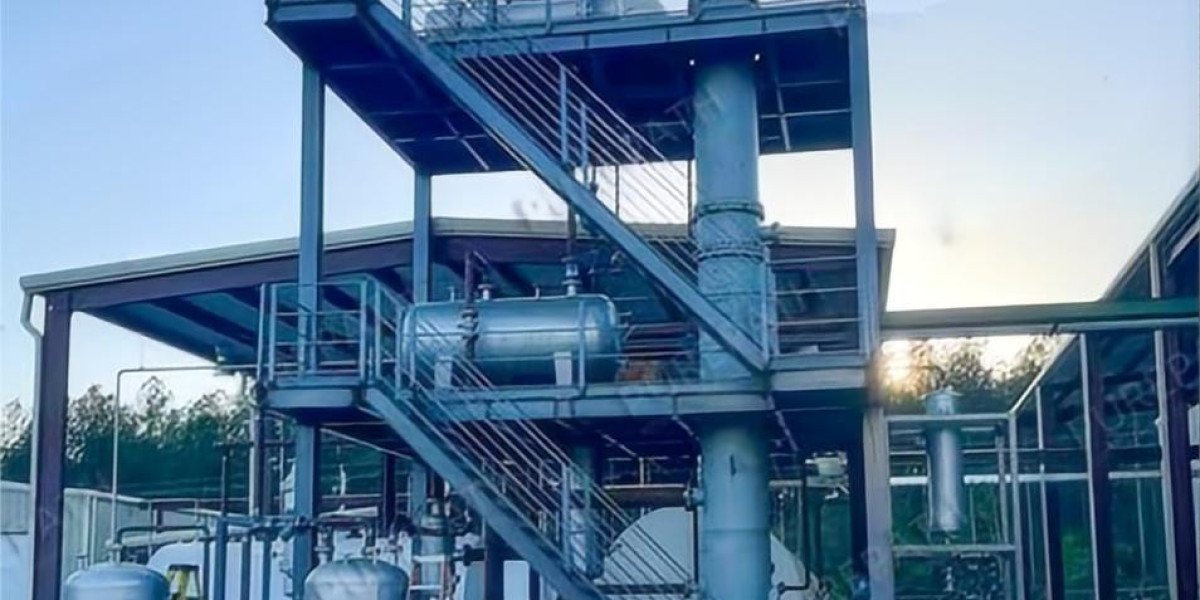Desulfurization is a pivotal procedure involved in the elimination of sulfur compounds from diverse substances. Its significance lies in upholding both environmental stability and industrial effectiveness. Sulfur compounds are commonly found in sources such as fossil fuels, industrial residues, and natural reserves. The discharge of these compounds can result in detrimental consequences like air pollution, acid rain, and environmental deterioration. Among the groundbreaking approaches gaining recognition in the realm of desulfurization, hydro cavitation stands out. This piece will explore several desulfurization techniques, highlighting the particularly promising method of hydro cavitation.
Common Methods of Desulfurization
1. Hydrodesulfurization (HDS)
This method is extensively utilized in the petroleum industry to remove sulfur compounds from crude oil and its derivatives. The process involves reacting the sulfur compounds with hydrogen gas at high temperatures and pressures in the presence of catalysts. This results in the conversion of sulfur compounds into hydrogen sulfide, which can be further processed or captured.
2. Flue Gas Desulfurization (FGD)
FGD is commonly applied in power plants and industrial facilities that burn fossil fuels. It involves the removal of sulfur dioxide (SO2) from flue gases before they are released into the atmosphere. Various FGD technologies, such as wet scrubbing, dry scrubbing, and spray drying, enable the capture of sulfur dioxide using chemical reactions or physical processes.
3. Biological Desulfurization
Certain microorganisms have the capability to metabolize sulfur compounds. Biological desulfurization, also known as biodesulfurization, harnesses the activity of these microorganisms to break down sulfur compounds present in fuels and industrial waste. This method is eco-friendly and can be employed in specific situations.
4. Oxidative Desulfurization (ODS)
ODS involves the oxidation of sulfur compounds to form more soluble derivatives that can be easily separated from the main substance. This technique is commonly used for desulfurizing diesel fuels and other hydrocarbon-rich materials.
5. Adsorption
Adsorption methods utilize solid materials called sorbents to capture sulfur compounds from gases or liquids. These sorbents have a high affinity for sulfur compounds and can be regenerated for repeated use. Adsorption is often employed in small-scale applications and research studies.
6. Catalytic Desulfurization
Similar to HDS, catalytic desulfurization relies on catalysts to facilitate chemical reactions that convert sulfur compounds into less harmful forms. This method finds application in various industries, including petrochemicals and gas processing.
7. Hydro Cavitation
如前所述,水力空化是一种新兴技术,利用液体中空化气泡产生的机械力来分解硫化合物。这种方法因其节能和环保的特性而显示出前景。
这些方法中的每一种都具有独特的优点和局限性,脱硫技术的选择取决于待处理材料的类型、所需的脱硫水平以及具体的工业应用等因素。持续的研究和技术进步不断增强这些方法并推动更高效、更可持续的脱硫工艺。








